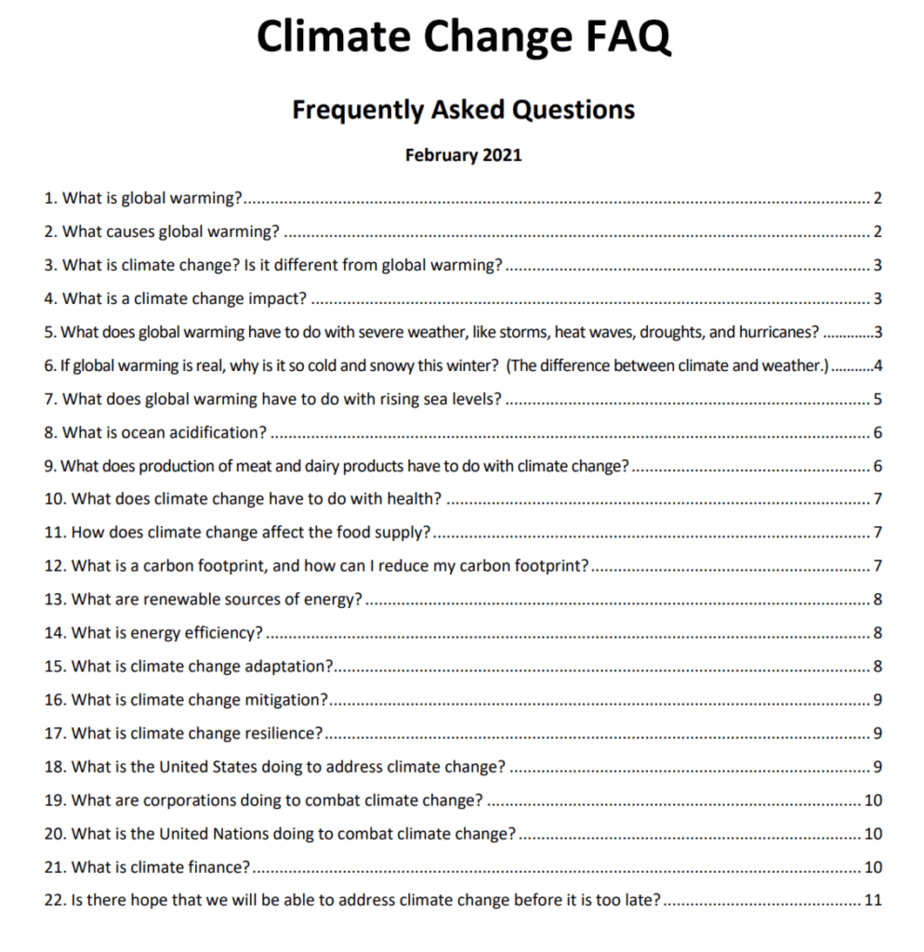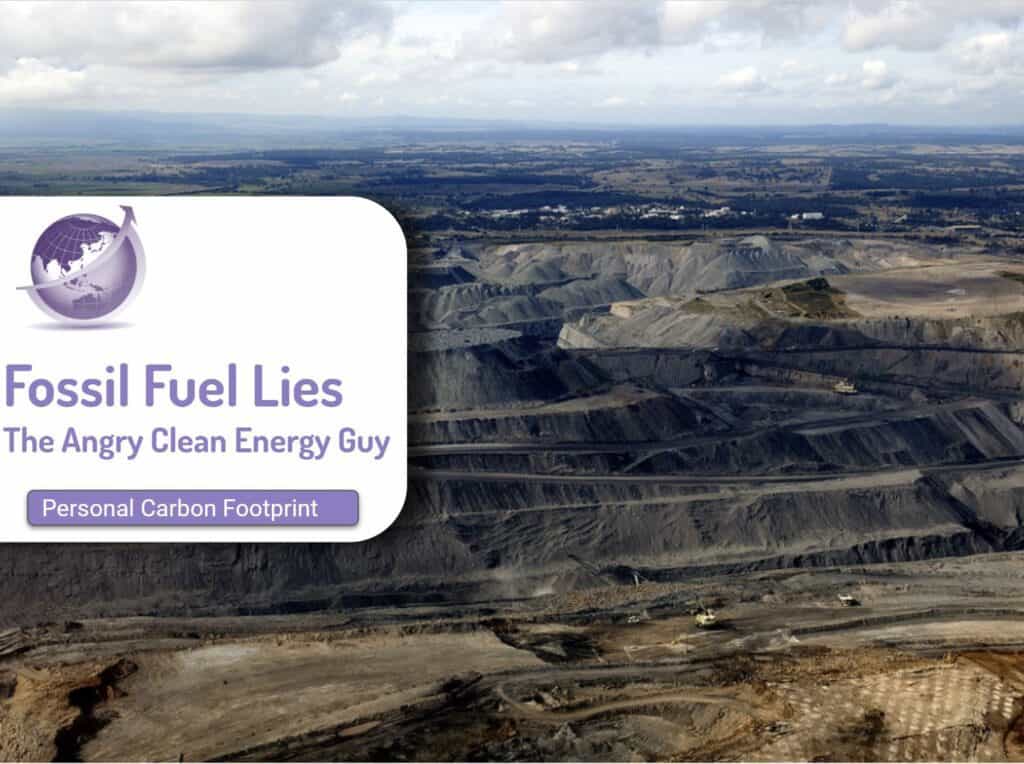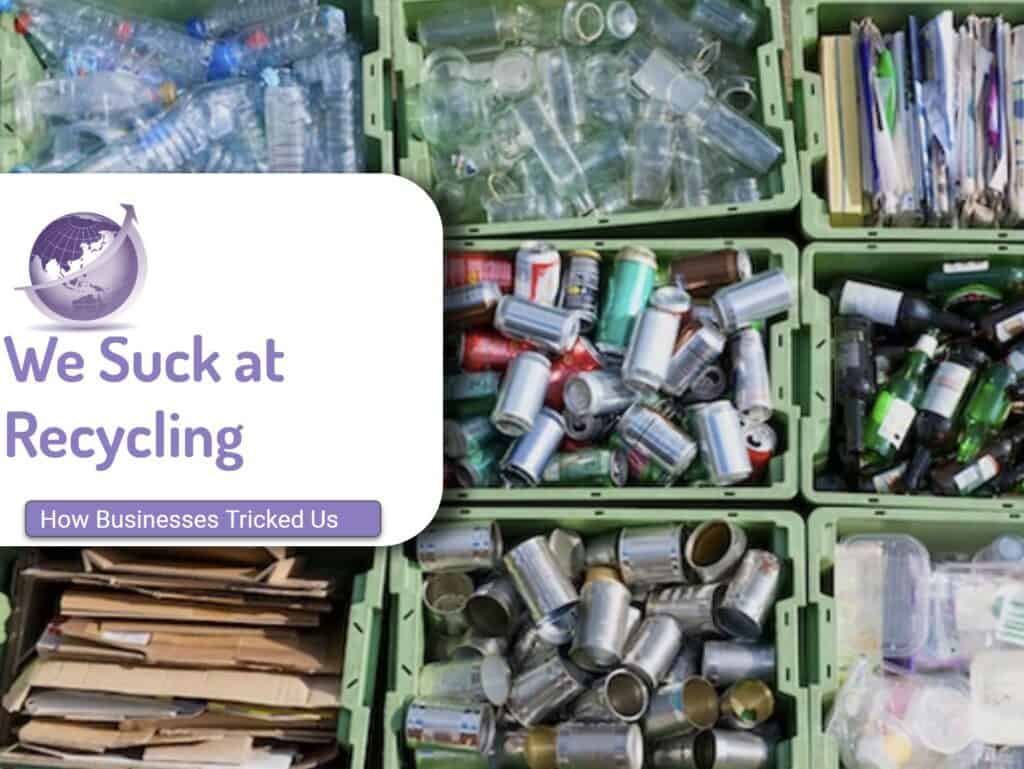There are numerous sites with Q&A renewable energy questions and answers. A guest contributor has put these together to address a few of the most important.
Technical
Several countries are already at or close to 100% renewable energy. These include Iceland and Paraguay (100%), Costa Rica (99%), Norway (98.5%), Uruguay (98%), Denmark (88%), Austria (80%), and Brazil (75%). A detailed view of 100% renewable energy arguments is here.
ACT and Tasmania are 100% renewable, while South Australia is on track to reach this milestone by 2030. Computer simulations by several research groups (including ANU and UNSW) – using real hourly wind, solar and demand data spanning several years – show that the Australian electricity system could be run entirely on renewable energy.
Baseload power exists because of technical limitations that existed decades ago. When coal-fire power stations were originally built they could take days to fire up from cold to full capacity – a bit like leaving the taps on in the morning because you might want a bath in the evening. This is wasteful and costly. In the future grid that has lots of variable renewables, supply merely needs to meet demand at any given moment. Renewables do not need to run at cost to the consumer when they are not required.
Australia Energy Market Operator modelling has shown that diversified renewables, across Australia, are likely to be able to meet energy demand most of the time. At other times, storage (in particular batteries, but also pumped hydro) can bridge the gap. Other models show 98% renewable energy in Australia needs 24GW/120GWh of storage.
Cost and Affordability
Onshore wind is the cheapest form of energy globally. It costs an average of $50 per MWh, followed by solar at $61 per MWh. (Data by Lazard v17). Gas averages $77 per MWh, coal averages $118 per MWh (double the cost of solar and wind), and nuclear power is an average of $182 per MWh. These numbers are similar to those produced by the CSIRO. Interestingly, adding batteries to the solar or wind mix at today’s prices results in an energy cost that is still significantly lower than coal and comparable to gas (with less exposure to international price shocks). Irrespective of climate change, renewables are the most secure and cost-effective energy choice for Australia.
Energy bills have risen over the past few years due to a lack of investment in new energy supply, the costs of network transmission, and more recently because of the conflict in Ukraine. Sanctions against Russia over the last two years have led to a large drop in supply of gas on the international market, pushing the price up – this also impacts the price of Australian gas, which is mainly subject to the prices on the international market. If anything, renewable energy has helped to reduce the effect of this price shock. The more renewables we have, the more protection we have against the effects of overseas conflicts, sanctions and trade wars.
In Australia, renewables receive around $3 billion a year in subsidies, compared to fossil fuels which receive $14 billion per year. Furthermore, construction of all but one coal fire power station in Australia was funded entirely by the taxpayer. On a per capita basis, Australian fossil fuel subsidies amount to $US1,198 per person
Environmental
Solar uses far less land than coal, and wind even less. As a comparison, for 4541 GWh of generation, Leigh Creek Coal Mine occupied 50km2, whereas the same output from a solar farm would need 3.7km2, and just 1.3km2 for wind. Rooftop solar would use no land at all.
Up to 94% of a wind turbine, by mass, is now able to be recycled (including steel, aluminium, copper, and cast iron). In contrast, every year, coal-fire power stations produce 12 million tonnes of ash from burning coal. In Australia this waste accounts for nearly 1/5th of our nation’s waste. The ash is captured in smoke stacks, mixed with water, and pumped into large containment dams which continue to grow each day. Coal ash contains high concentrations of heavy metals which can pollute surrounding areas in heavy rain or through seepage into soil.
Yes they do, but are a tiny proportion of bird deaths. Highest is from cats. Deaths attributable to wind farms show ind energy facilities cause less than 1 in 4,000 documented bird deaths per year, compared to 988 million from collisions with glass buildings, 340 million from collisions with vehicles, and 3.7 billion from cats.
Both wind and solar use significantly less land per GWh of energy than coal. Land used by solar installations are often simultaneously used for farming. For example, solar panels can be installed above crops to improve yields by reducing water evaporation. Animals such as sheep can graze beneath panels. Wind farms can also be installed in areas that are not suitable for farming (e.g. hilly or rocky terrain, or in the ocean).
Fairness
Chinese coal demand is falling. Renewable energy growth is at the centre of its economic growth strategy, which relies on cheap energy. In 2020, China set a target of 1,200 GW of wind and solar installed by 2030. By the end of 2023, it had already passed 1,000 GW. China will have 1,310 GW of wind and solar installed by the end of 2024 and 3 times that by 2030. The cost for Australia of not investing quickly enough in renewables is more expensive energy, and lower global competitiveness.
Jobs in coal and gas in Australia are already in decline. The export market for coal and gas is still significant but contracted over the past few year, in part because these forms of energy are no longer the cheapest. Renewable energy can generate thousands of jobs in Australia, particularly in regional areas where Operation and Maintenance will be required, but delaying the transition may limit these opportunities. Furthermore, Australia possesses abundant reserves of critical minerals like lithium, essential components for renewable energy technologies, particularly batteries. This positions Australia to play a significant role in the global supply chain for these crucial resources, driving economic growth and creating new job opportunities”
Further Reading
- A near 100 per cent renewables grid is well within reach, and with little storage. D Osmond 2022. https://reneweconomy.com.au/a-near-100-per-cent-renewables-grid-is-well-within-reach-and-with-little-storage/
- Integrated System Plan (ISP) 2024 https://aemo.com.au/energy-systems/major-publications/integrated-system-plan-isp
- Climate Change FAQs Nature Conservancy Council https://www.natureaustralia.org.au/what-we-do/our-priorities/climate-change/climate-change-stories/climate-change-frequently-asked-questions/
- How many birds do wind farms kill? Dr Hannah Ritchie. 2024 https://www.sustainabilitybynumbers.com/p/wind-power-bird-deaths https://www.sustainabilitybynumbers.com/p/wind-power-bird-deaths
- Vast Majority of Wind Turbines Can Avoid Landfill In Australia https://cleanenergycouncil.org.au/news-resources/new-report-vast-majority-of-wind-turbines-can-avoid-landfill-in-australia
- Climate Change FAQ https://www.eesi.org/papers/view/faq-climate-change
- Still Not Getting Energy Prices Right: A Global and Country Update of Fossil Fuel Subsidies IMF https://www.imf.org/en/Publications/WP/Issues/2021/09/23/Still-Not-Getting-Energy-Prices-Right-A-Global-and-Country-Update-of-Fossil-Fuel-Subsidies-466004
- Global Fossil Fuel Subsidies Remain Large: An Update Based on Country-Level Estimates IMF working papers https://www.elibrary.imf.org/view/journals/001/2019/089/001.2019.issue-089-en.xml
- Levelized Cost of Energy+ 2024. https://www.lazard.com/research-insights/levelized-cost-of-energyplus/
- SOLARCYCLE’s new plant will recycle 25% of all US end-of-life solar panels in 2030 2024 https://electrek.co/2024/10/31/solarcycle-new-plant-will-recycle-25-of-all-us-end-of-life-solar-panels-by-2030/









